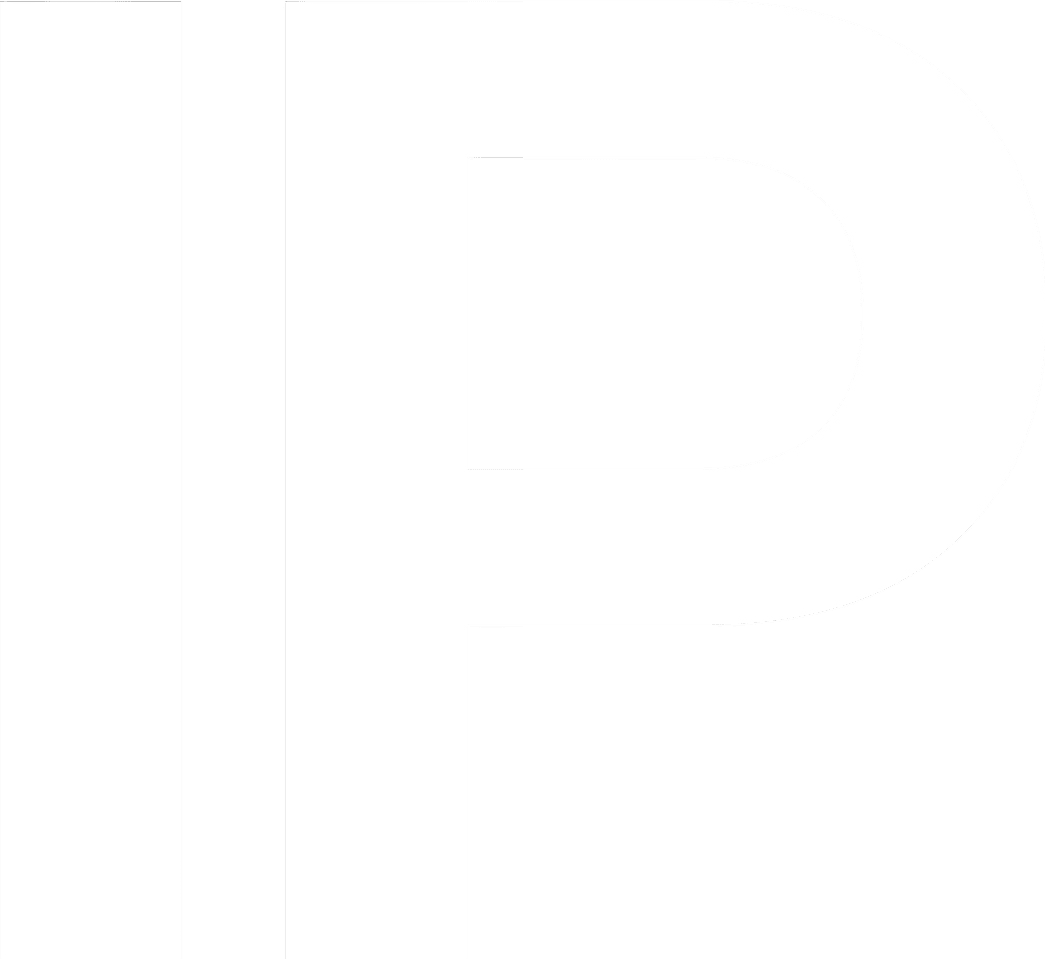
Introduction
With the rapid growth of the digital world, intellectual property rights (IPR) face new challenges like online piracy, unauthorized distribution, and digital theft. In India, the Information Technology Act, 2000 (IT Act) plays a key role in protecting intellectual property in the digital space. This article explains how the IT Act supports IPR, its connection with other IP laws, important court decisions, and recommendations for improving IP protection in the digital age.
Legal Framework: Intellectual Property Laws and the IT Act
While the IT Act mainly focuses on cybersecurity, e-commerce, and data protection, it also contains important sections that help protect intellectual property. Here are some key provisions:
Section 43: Protection Against Unauthorized Access and Data Theft
This section penalizes unauthorized access to computer systems, covering cases like hacking and data theft. For example, if someone hacks into a company’s server to steal trade secrets, Section 43 can be applied.
Section 65: Tampering with Computer Source Documents
This section makes it a crime to alter or delete computer source code without permission. For instance, if someone modifies software code belonging to another company without authorization, they can be held liable under this section.
Sections 66 & 66B: Hacking and Data Theft
Section 66 addresses hacking, while Section 66B deals with receiving or storing stolen computer data. For example, unauthorized downloading and sharing of copyrighted movies or software would fall under these sections.
- Section 69A: Blocking Public Access to Harmful Content
- Authorities can order the blocking of websites hosting infringing content, such as pirated movies or counterfeit products.
- Section 79: Intermediary Liability
This section offers legal protection to platforms like social media or website hosts from being directly responsible for user-generated content. However, they must take action to remove infringing content when notified.
Section 72: Breach of Confidentiality
This section penalizes unauthorized disclosure of confidential information, protecting trade secrets and sensitive business data shared online.
How the IT Act Works with Other IP Laws
The IT Act works alongside other IP laws for comprehensive protection:
- Copyright Act, 1957: Focuses on issues like digital piracy, while the IT Act helps with enforcement against hacking and unauthorized downloading.
- Trade Marks Act, 1999: Protects trademarks, including domain names and online misuse. The IT Act supports this by addressing data theft and intermediary liability.
- Trade Secrets: While India doesn’t have specific trade secret laws, Sections 43 and 72 of the IT Act offer protection against unauthorized access to confidential information.
Key Judicial Decisions
Shreya Singhal v. Union of India (2015) 5 SCC 1523:
This case clarified the scope of intermediary liability under Section 79. The Supreme Court ruled that platforms must act on legal notices to remove infringing content, balancing free speech with IP protection.
Tata Sons Ltd. v. Bodacious Tatas (2011):
This case dealt with cybersquatting, where the court protected Tata’s trademark rights against misuse in domain names, applying both the IT Act and Trade Marks Act.
Challenges in Enforcing IP Laws in the Digital Age
- Cross-Border Issues: Cybercrimes often span multiple countries, making enforcement difficult.
- Evolving Technologies: Emerging technologies like blockchain and AI create new IP challenges.
- Intermediary Compliance: Ensuring global platforms comply with Indian IP laws is complex.
- Lack of Awareness: Many businesses and legal professionals are unaware of how the IT Act can help protect IP.
Recommendations for Stronger IP Protection
- Harmonize Laws: Update the IT Act to explicitly cover IP violations, aligning with global standards.
- Use Technology: Leverage tools like blockchain for IP registration and tracking.
- Strengthen Intermediary Rules: Develop clear guidelines for platforms to handle IP infringement.
- Capacity Building: Conduct training for law enforcement, legal professionals, and IP owners.
- Proactive Judiciary: Encourage courts to interpret the IT Act in ways that address new digital IP threats.
Conclusion
The IT Act plays a crucial role in safeguarding intellectual property in India’s digital landscape. By addressing issues like data theft, hacking, and intermediary liability, it complements traditional IP laws. However, continuous reforms, technological solutions, and legal awareness are key to keeping pace with the evolving digital world. Strengthening the connection between cyber laws and IPR will help protect India’s creative and innovative assets effectively.
Written by Nithila Kovai, Legal Intern at Intepat IP
